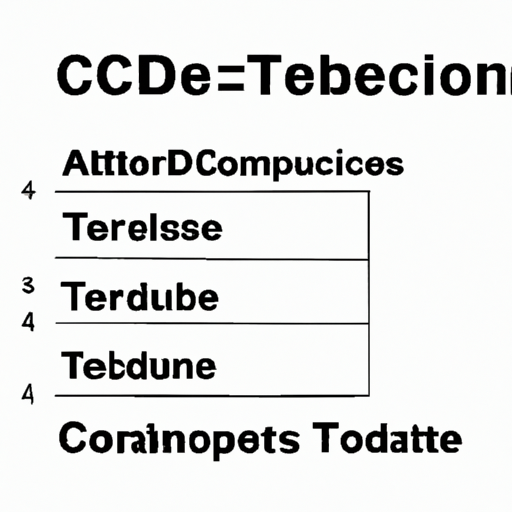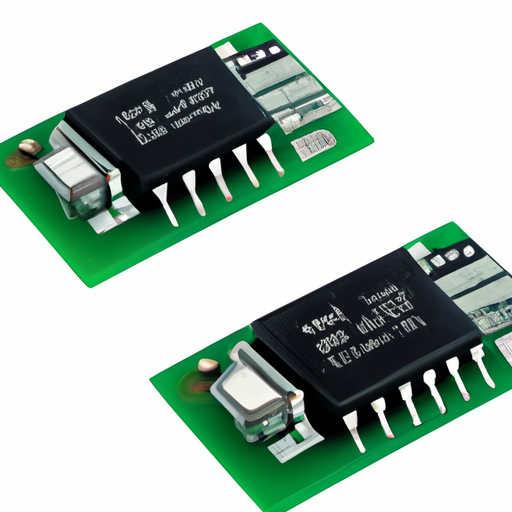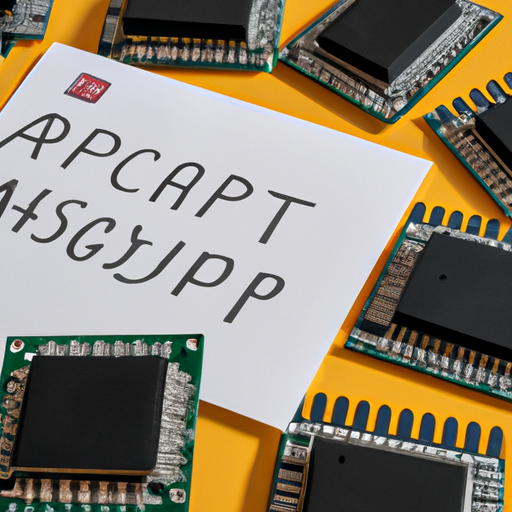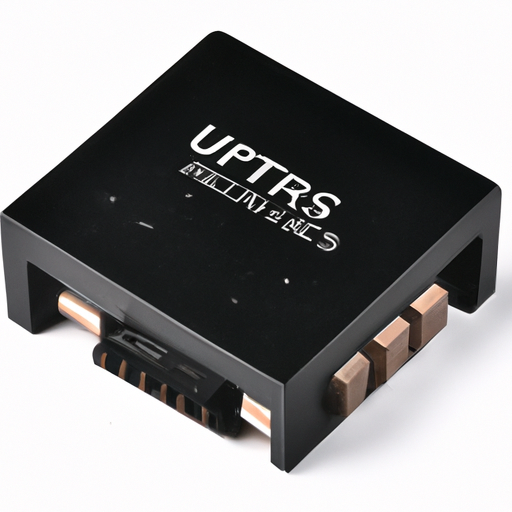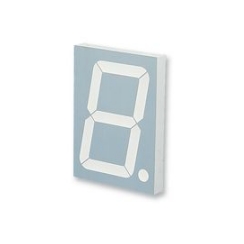1N5239B-T Hot Swap Controllers highlighting the core functional technology articles and application development cases of Hot Swap Controllers that are effective.
System
Sep 19
0
Hot Swap Controllers: Overview and ApplicationsIntroduction to Hot Swap Controllers
Hot swap controllers are critical components in modern electronic systems, enabling the safe insertion and removal of circuit boards or components without interrupting the power supply. This capability is essential in applications where uptime is paramount, such as telecommunications, data centers, and industrial automation. Core Functional Technology of Hot Swap Controllers
1. Power Management: Hot swap controllers manage the power supply to the device being inserted or removed. They ensure that power is gradually applied to prevent inrush current, which can damage components. This is typically achieved through controlled ramp-up of voltage.
2. Voltage Monitoring: These controllers continuously monitor voltage levels to ensure that the system remains within safe operating limits during the hot swap process. This feature helps prevent damage to sensitive components.
3. Current Limiting: Hot swap controllers often include current limiting features to protect the system from excessive current draw during the insertion of a new component. This is crucial for preventing overload conditions that could lead to system failure.
4. Fault Protection: Many hot swap controllers are equipped with fault detection mechanisms that can identify short circuits or overcurrent conditions. When a fault is detected, the controller can disconnect the faulty component, allowing the system to continue operating safely.
5. Signal Integrity: Maintaining signal integrity during the hot swap process is vital. Hot swap controllers help manage the timing of signal connections to prevent data corruption, ensuring that communication remains stable.
6. Thermal Management: Some advanced hot swap controllers include thermal monitoring features to prevent overheating during operation. This is particularly important in high-power applications where heat dissipation is a concern.
Application Development Cases1. Telecommunications Equipment: In telecom systems, hot swap controllers allow for the maintenance of network equipment without downtime. For instance, a network switch can have its line cards replaced while the system remains operational, ensuring continuous service and minimizing disruptions.
2. Data Centers: Hot swap controllers are widely used in server racks, enabling the replacement of power supplies or hard drives without shutting down the entire server. This capability is vital for maintaining high availability in data centers, where uptime is critical for business operations.
3. Industrial Automation: In manufacturing environments, hot swap controllers facilitate the replacement of control modules in PLCs (Programmable Logic Controllers) without interrupting the production process. This leads to increased efficiency and reduced downtime, allowing for seamless operations.
4. Consumer Electronics: High-end consumer electronics, such as gaming consoles and high-performance PCs, utilize hot swap technology for components like graphics cards and storage drives. This allows users to upgrade or replace parts easily, enhancing the overall user experience.
5. Medical Devices: In medical equipment, hot swap controllers ensure that critical devices can be serviced without interrupting patient care. For example, a monitoring device can have its sensors replaced while still providing real-time data, ensuring continuous patient monitoring.
ConclusionHot swap controllers, such as the 1N5239B-T, play a vital role in enhancing the reliability and maintainability of electronic systems across various industries. Their ability to manage power, monitor voltage, limit current, and protect against faults makes them indispensable in applications where uptime is critical. As technology continues to evolve, the demand for effective hot swap solutions will only increase, driving further innovation in this field.
Further Reading and Resources- Datasheets and Application Notes: Manufacturers often provide detailed datasheets and application notes that outline the specifications and use cases for their hot swap controllers. These documents are invaluable for engineers looking to implement hot swap technology.
- Industry Standards: Familiarize yourself with industry standards related to hot swapping, such as those from IEEE or IEC, to ensure compliance and best practices in design and implementation.
- Development Kits: Many manufacturers offer development kits that allow engineers to prototype and test hot swap solutions in real-world scenarios. These kits can accelerate the design process and help validate concepts before full-scale production.
By leveraging the capabilities of hot swap controllers, engineers can design more robust and reliable systems that meet the demands of modern applications.
Read more

